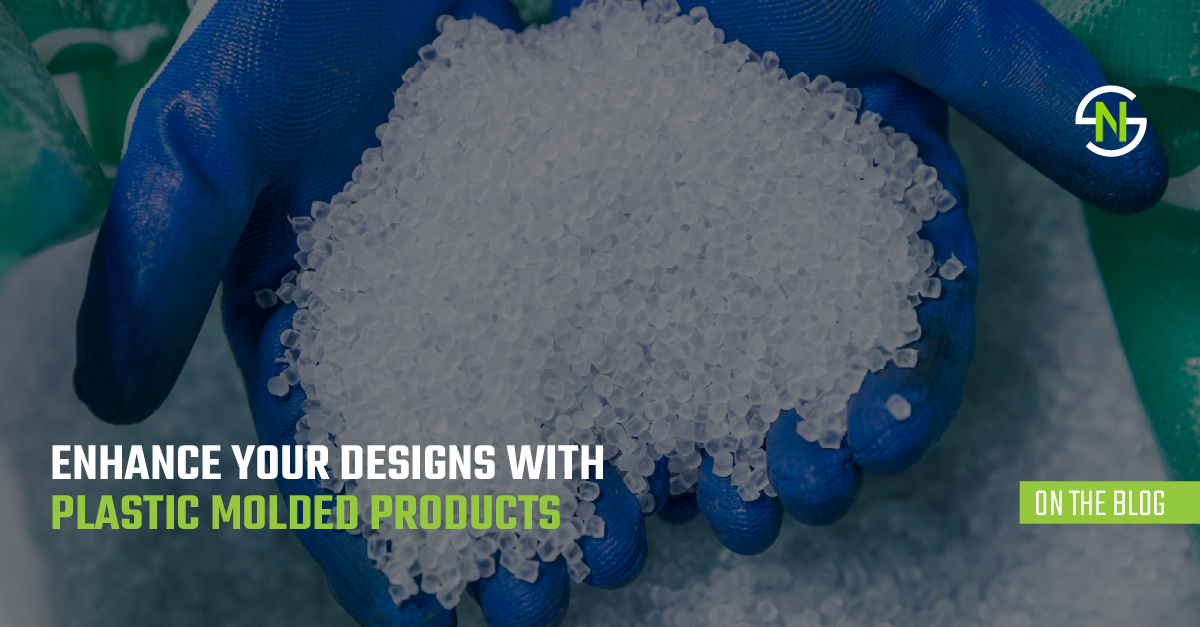
Plastic molded products are transforming the modern automotive industry. Injection molding and other methods allow companies to produce high-quality molded parts that can elevate your designs to the next level.
According to the latest industry data, the global automotive plastics market is projected to grow from $43.29 billion in 2024 to $47.04 billion in 2025. This growth reflects the increasing adoption of plastic-molded products in automotive manufacturing, driven by the demand for lighter, more fuel-efficient vehicles.
These plastics deliver quality and performance like never before. Our guide explores the benefits of plastic molded products.
Cost Efficiency
Faster production cycles and lower raw material costs enable the quick manufacture of plastic parts. The speed allows you to bring your designs to market faster while saving money.
Design Flexibility
With plastic injection molding, you can create complex shapes and fine details that metals cannot achieve easily. The customization enhances the function and visual appeal of your car designs.
Consistency and Quality
Custom plastic molding produces highly uniform parts with tight tolerances. This consistency ensures quality performance, reduces waste, and minimizes rework.
What Are The Five Types of Plastic Molding?
Different molding methods unlock varied design potential. Here are the major types relevant to automotive parts:
- Injection Molding
- Blow Molding
- Compression Molding
- Rotational Molding
- Thermoforming
Among these, plastic injection molding is the frontrunner for automotive OEMs. It offers high-quality molded parts with fast turnaround and precision.
How Plastics Are Used in the Automotive Industry
Plastic parts now average 411 pounds per vehicle, as per the American Chemistry Council. Industrial plastic solutions replace metal in components like:
- Chassis
- Fenders
- Battery casings
- Dashboards
High-performance plastics improve crash safety by absorbing more energy than steel. During molded product manufacturing, the focus is on recyclable plastics.
What is the Process of Manufacturing Plastic in The Automotive industry?
The primary manufacturing method is plastic injection molding. Factories use this process for most car parts.
The Melting Process
Workers start with plastic resin pellets. Machines heat the pellets until they melt, and the plastic becomes liquid at high temperatures.
High-Pressure Injection
Machines inject the molten plastic under extreme pressure. The pressure forces plastic into mold cavities. Each mold shapes the final product and fills every corner of the mold.
Cooling and Finishing
The plastic cools inside the mold and hardens into the desired shape. Workers eject the finished part from the mold. Next, the part is ready for vehicle assembly.
Final Results
Plastic injection molding produces complex automotive components efficiently. Parts come out with exact specifications, and quality stays consistent across thousands of pieces.
Partner With Michigan’s Most Advanced Injection Molding Operation
Adding plastic molded products to your designs allows you to enhance the product. You also invest in a sustainable future for your business.
Ready to work with a plastic manufacturing partner that automotive OEMs trust? Nova Stevensville operates the largest dedicated injection molding facility in Southwest Michigan- 100,000 sq ft, equipped with over 50 precision molding machines and ISO/TS 16949 certification, specifically for automotive applications. Our proprietary multi-cavity tooling technology and 24/7 production capabilities have made us the go-to supplier for tier-one automotive manufacturers.
Contact us today to transform your designs and gain a competitive edge in your industry.
